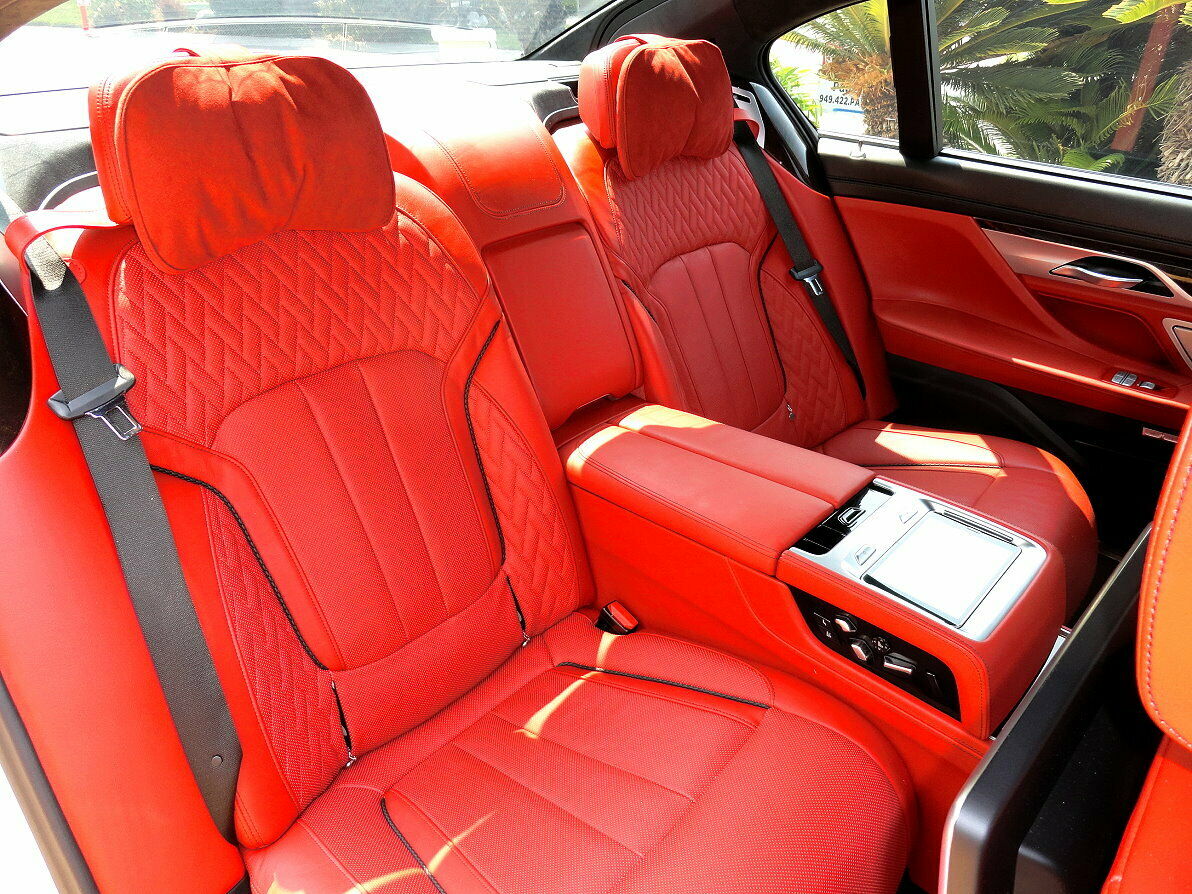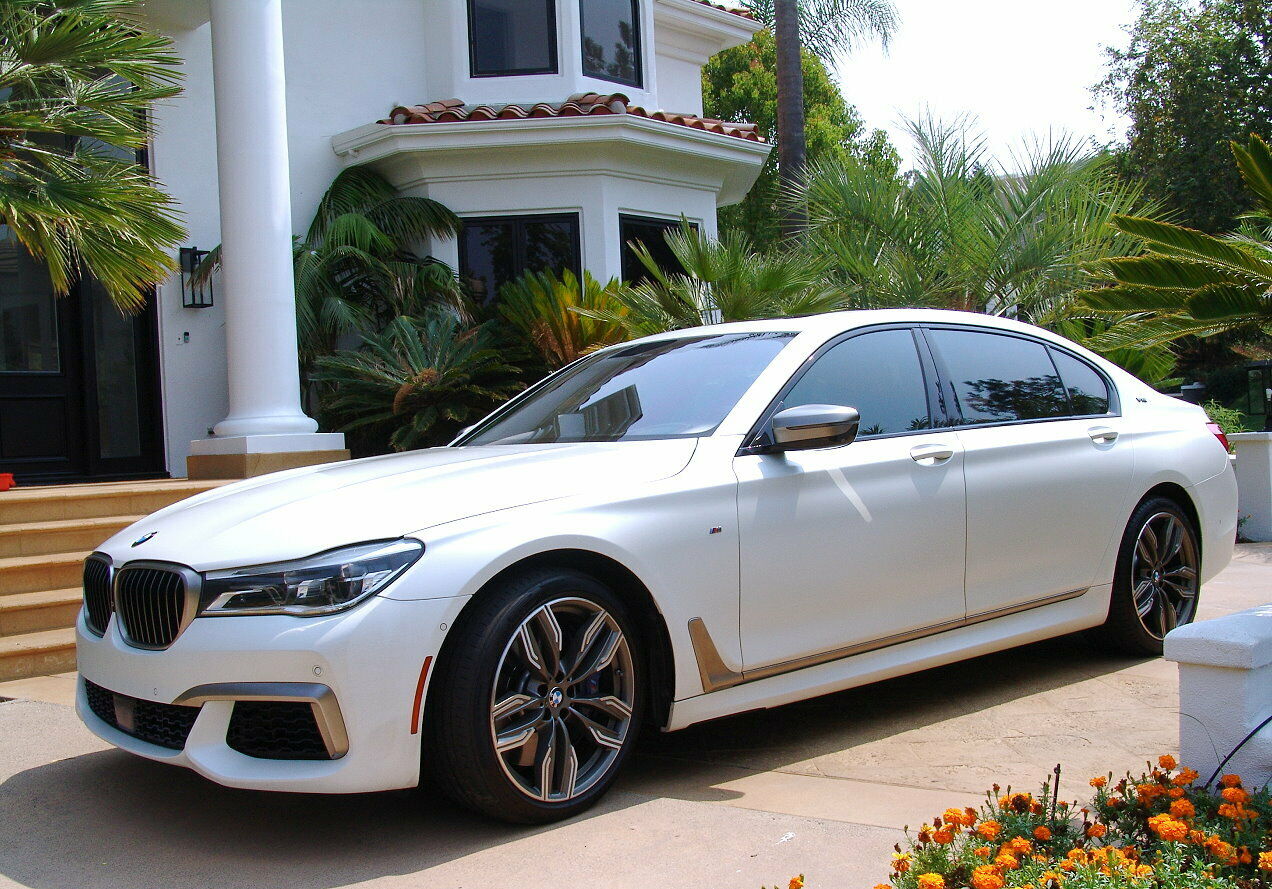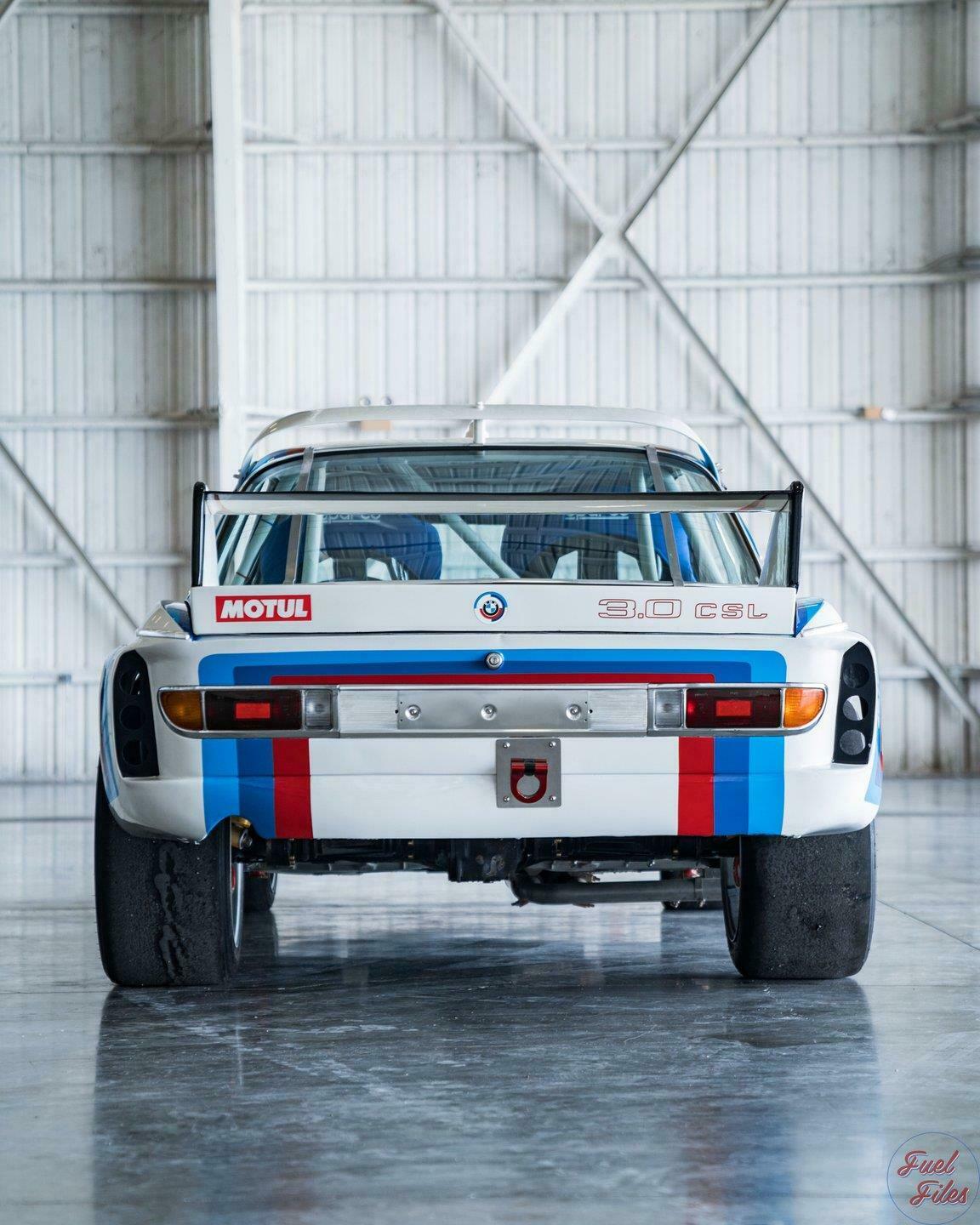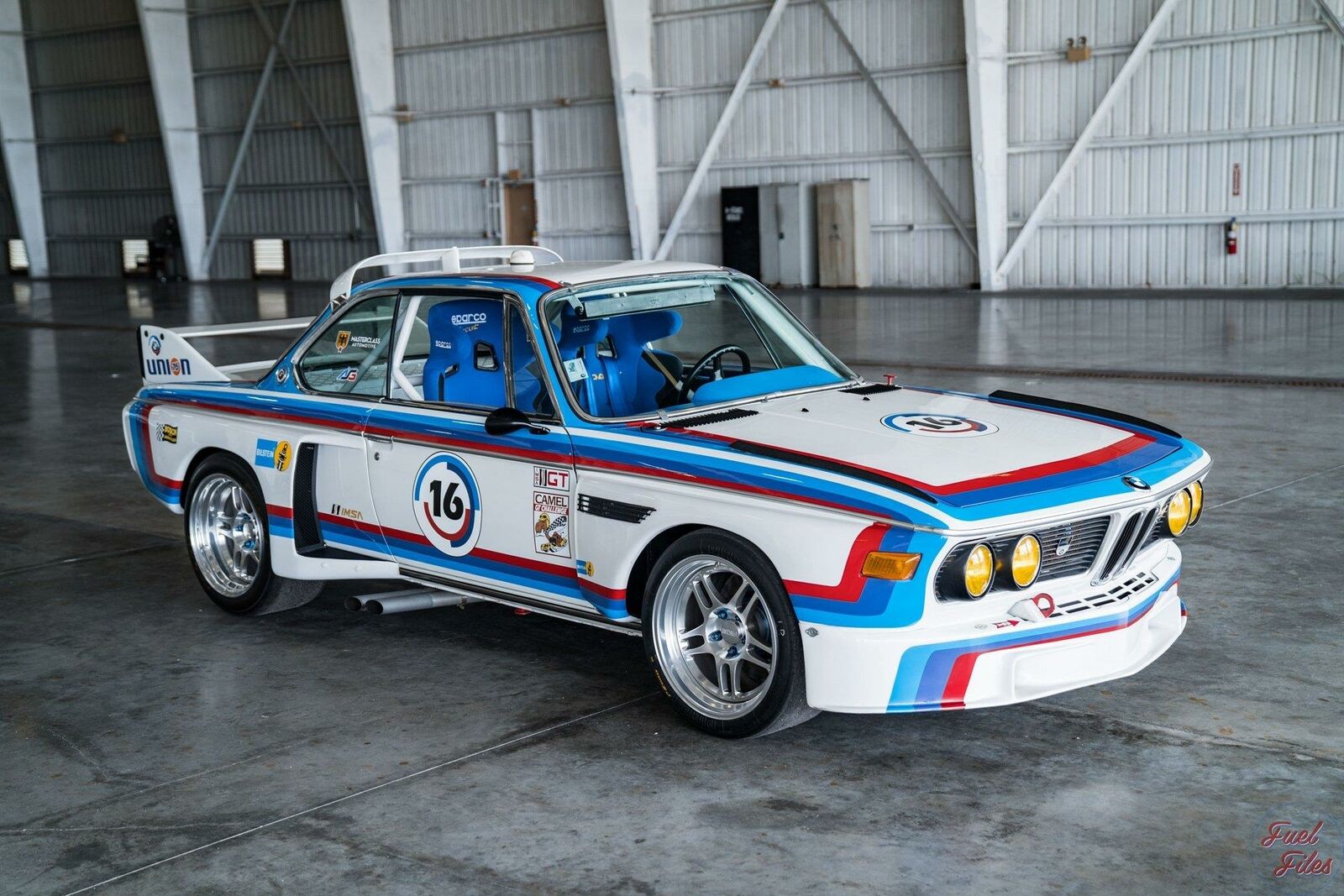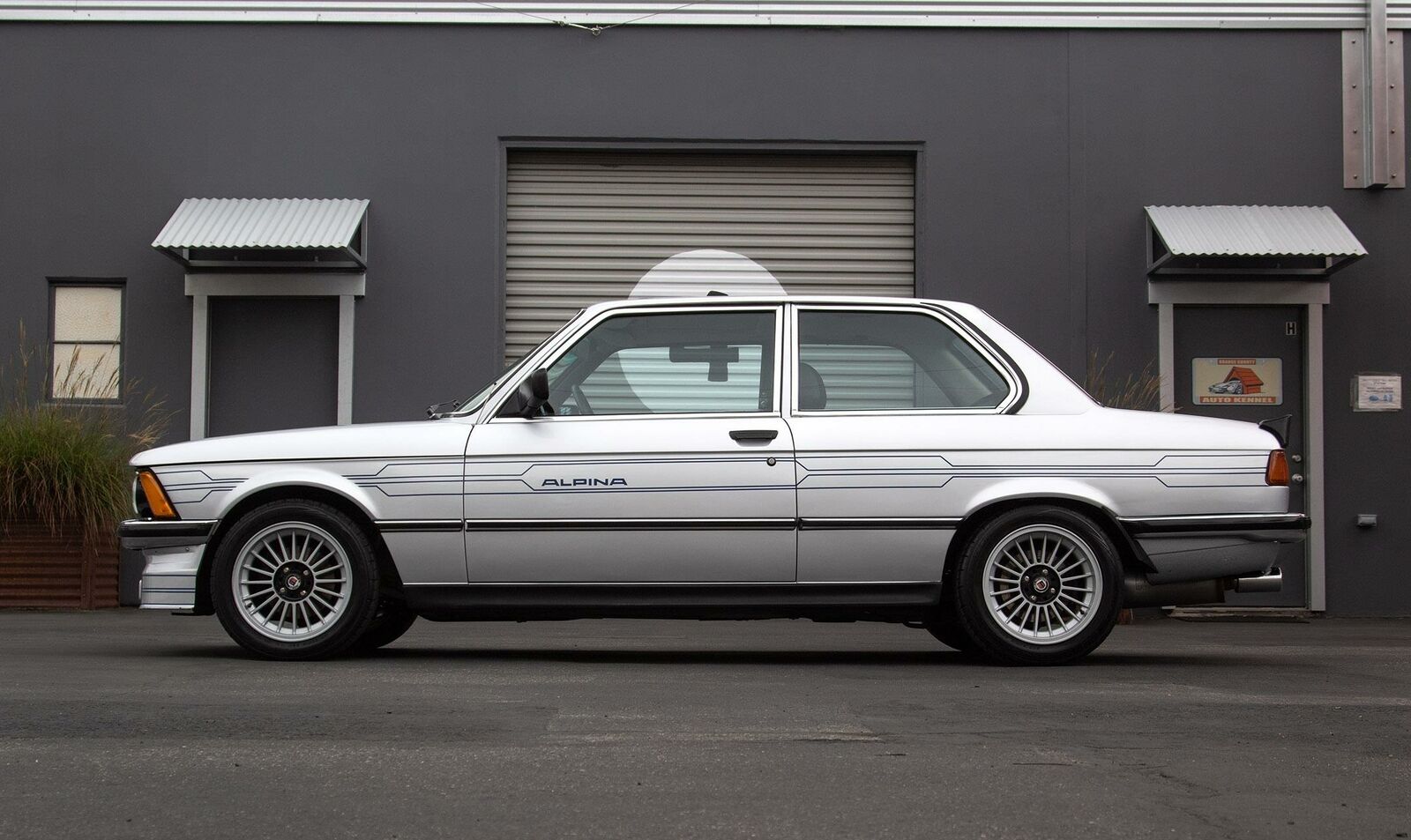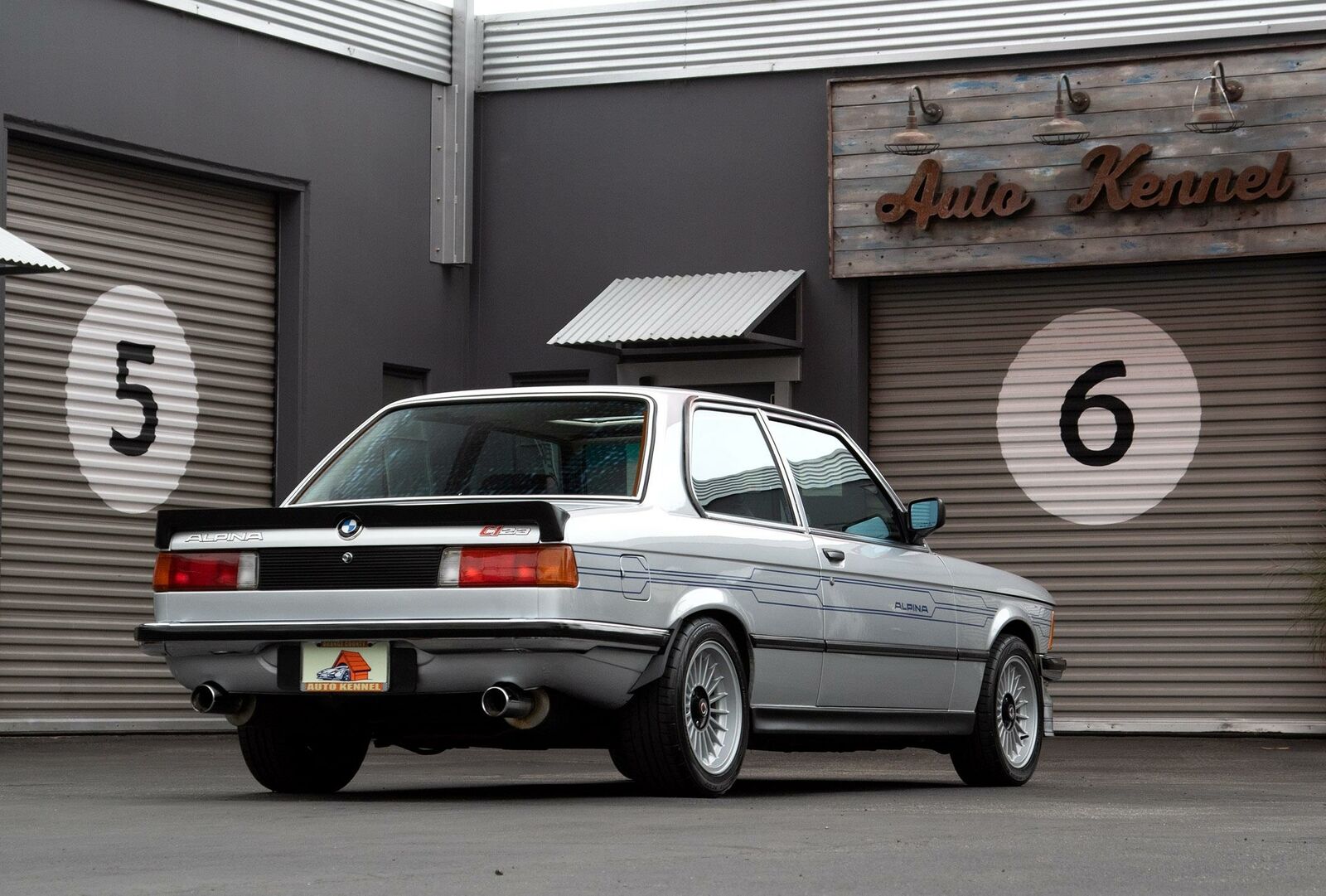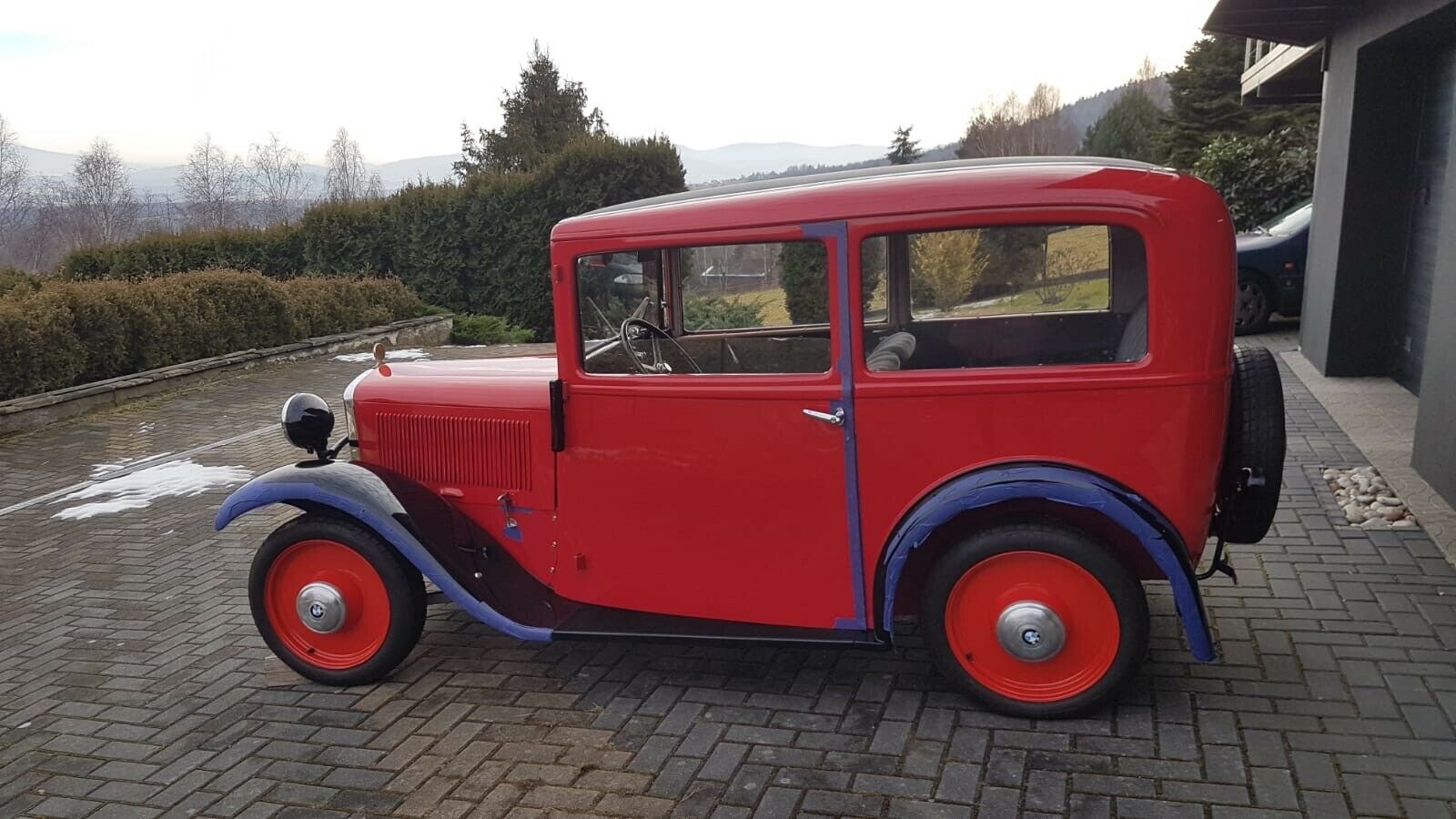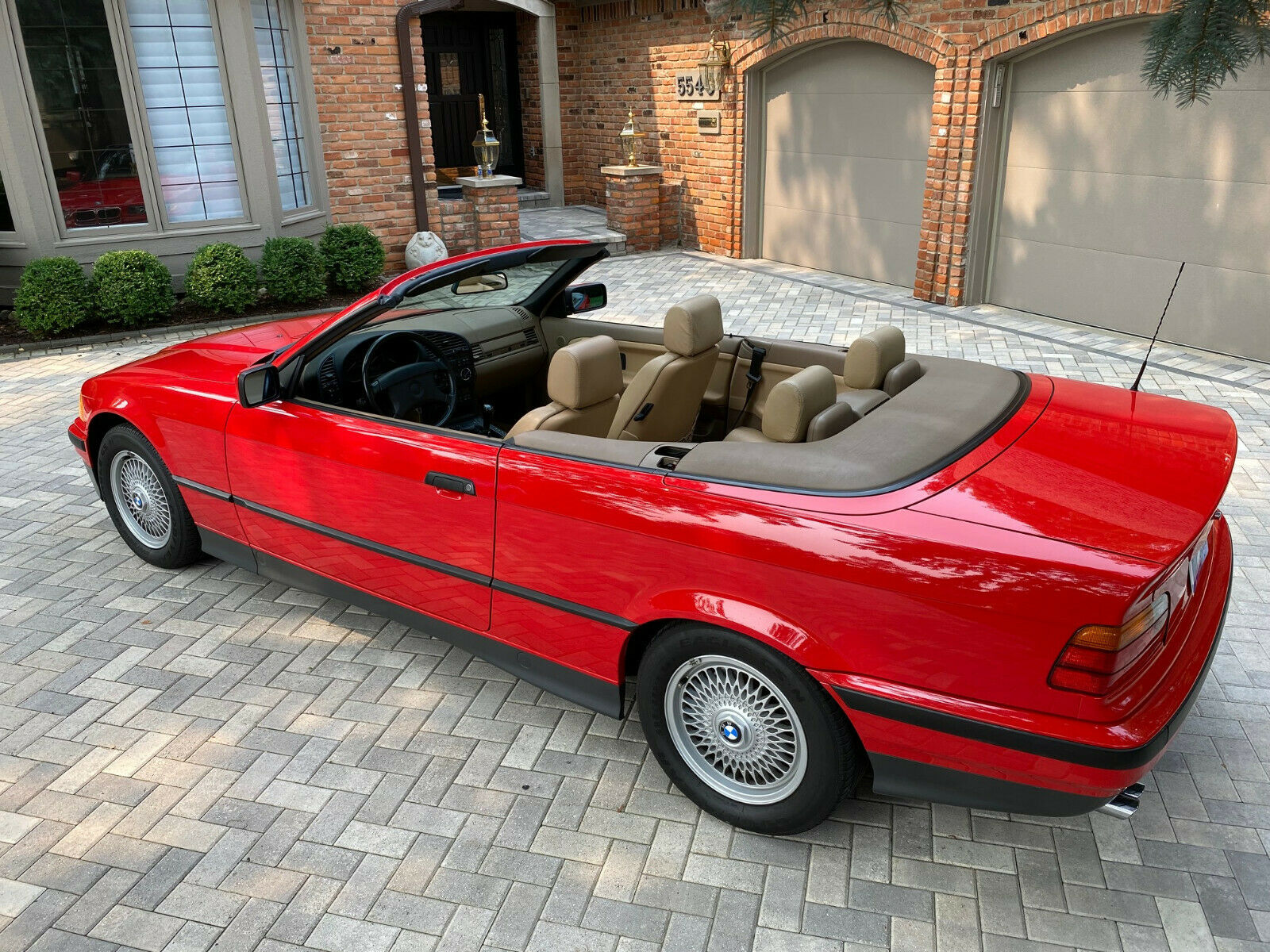There aren’t many times that you can say that the cheapest of a given thing is still unbelievably impressive. That, though, is the case with the M760i xDrive. In 2017, this was the least expensive V12-engined car you could buy. That didn’t make it cheap at a nearly $160,000 base price, and it also didn’t mean BMW skimped on options – or, by any means, power. The M760i has a twin-turbocharged 6.6-liter V12, after all, and it makes 601 horsepower and 590 lb-ft of torque. Coupled with the ultra-quick-shifting ZF 8-speed auto and xDrive, this car is quick for a sports car – never mind a luxury apartment. Despite weighing in at over 5,000 lbs, the car can scoot to 60 in 3.4 seconds and do the standing quarter mile in 11.7 at over 120 mph. Unreal. Now, you can rail against BMW’s use of the M badge everywhere not M, but if there’s one car that might be deserving of it, it’s this one. Performance was, of course, also only part of the story, as this car also has every option you could pretty much want in a luxury sedan. And predictably, despite being just a few years old the values on these have quickly fallen:
Category: BMW
Back in June I took a look at the roadgoing version of the CSL ‘Batmobile’ – well, at least a replica of one:
I talked about the race exploits of the FIA and Touring racing cars, and today we’re looking at a replica version of one of those.
CLICK FOR DETAILS: 1975 BMW 3.0CSL Batmobile Group 2/4 Replica on eBay
2 CommentsThe E21 generally remains the affordable classic in the 1970s to 1980s BMW range, being undervalued when compared to many of the E10s and E30s. It has all the right ingredients for the BMW faithful, too – especially in little six European trim. The 323i looked like a scaled down 6-series and it effectively was, but that doesn’t make it in any way unattractive. Alpina, too, had their had in this model, producing no less than seven variants in a short run. The most popular is the bad boy B6 2.8, but there was a lesser known M20 powered C1 2.3, too. With 170 horsepower and all the right Alpina details, it’s begging for the attention that it deserves:
CLICK FOR DETAILS: 1982 Alpina C1 2.3 on eBay
3 CommentsOkay, it might look odd, and not like much…but, this is genesis if you are a BMW fan.
BMW’s first car was actually not of their making; it was the 3/15 it inherited with the acquisition of Dixi, itself a reorganization of Fahrzeugfabrik Eisenach, in 1928. The Dixi 3/15 was, in fact, a licensed copy of the Austin 7 – and while BMW renamed the car the 3/15 DA-2 in 1929, that is pretty much all they did. However, in 1932 BMW launched its first full-fledged car design. While it looked quite similar to the outgoing 3/15, the exterior of the 3/20 belied many changes under the skin.
The new 3/20 had a different chassis underneath, and though the body looked very similar to the 3/15 it was now assembled by Daimler-Benz in Sindelfingen. The front suspension was carried over from the 3/15 (meaning it was in large part Austin parts), as was the engine – though it was upgraded to generate 20 horsepower, with a net taxable horsepower of 3 (hence the name 3/20). BMW fiddled with the rear suspension, and added a transverse leaf-spring swing axle. Like the 3/15, these were built in Eisenach – which would go on later to built the ‘EMW‘s I talked about back in June. Production of the 3/20 lasted only three years until 1934, when it was replaced by the heavily revised 309, the first car to sport BMW’s famous kidney grille design.
These are quite rare cars to find at all, but one popped up for sale so let’s take a look!
CLICK FOR DETAILS: 1932 BMW 3/20 AM-4 on eBay
1 CommentThe expensive E30 ‘verts got you down? Not to worry, there’s always the smash success follow-up, the E36! And looking light it’s ready for Charlie Sheen to abduct Kristy Swanson, this particular car might just be the one for you. It’s a fairly early example with the Sport Package 2, which gave you the standard affair of front sport seats. But in particular there’s one thing that caught my eye here, and its the wheels. Early Sport Package 325i models were also equipped with 15″ Style 17 wheels, which may go down in history as one of the most difficult wheel designs to clean that were ever offered by the company. Seriously, look at them. You have the normal outer basketweave openings that will test your fingers’ ability to survive a normal wash. But inside of those are a second row of even smaller openings that are so impossibly shaped and sized, it’s just not possible for normal devices. They’re so small, in fact, that my fall back – old toothbrushes – are also useless. What does fit in there? Q-tips. And it’s not like there’s just one – there are 30. Each wheel. And that’s, of course, in addition to the 30 OTHER holes. Not done yet, the Style 17 then offers you a further two sets of inner recesses – 30 for the outer, and…you guessed it…30 for the inner. That makes a total of 120 crevices on each wheel for the notoriously dusty BMW brakes to fill with adhering dust. You’re looking at nearly 500 total little detailing spots on just the wheels; it’s enough that they should have to provide health benefits for your service.
Still, they’re quite a pretty design and rarely seen today….for some reason (or, maybe 480 reasons!). Couple that with a nice color combination, a five-speed manual, a limited-slip differential, and just 18,200 miles from new? Well, it’s certainly impressive.
